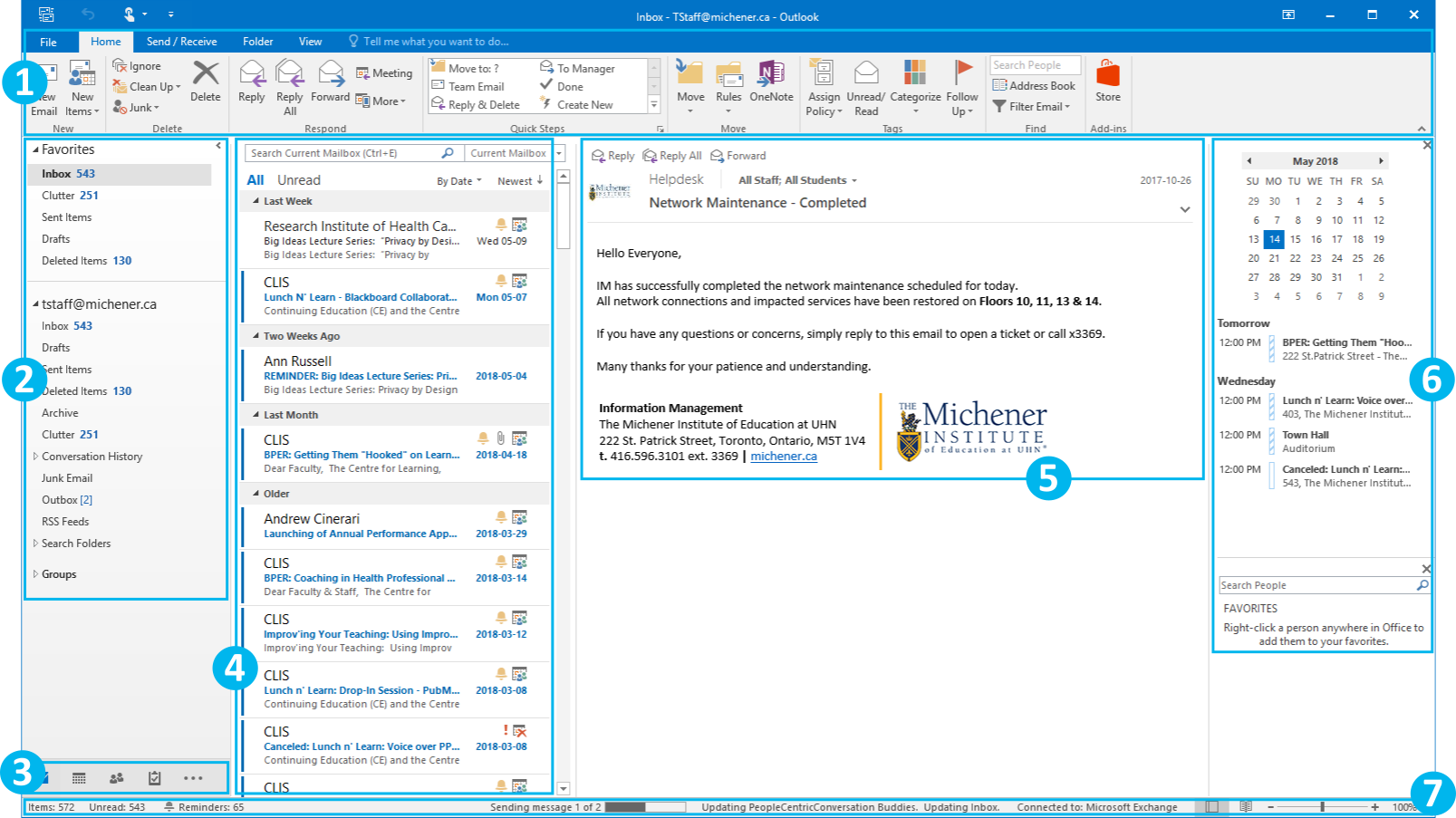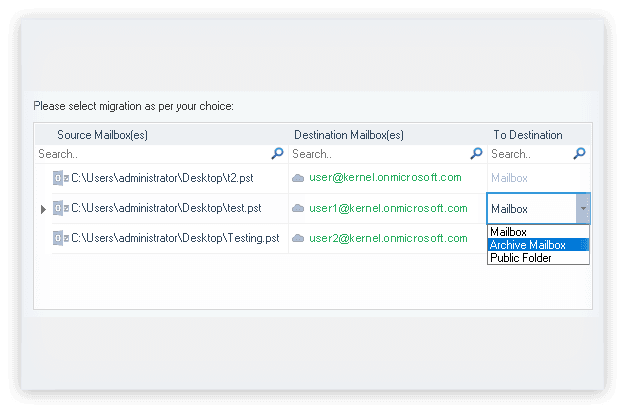

With this article in hand we checked the DefaultPublicFolderMailbox setting to see which proxy mailbox was being used. After a bit of research online about this I was able to dig up a KB article from Microsoft Explaining the issue. Verified mailbox database for Public Folder mailbox was mounted.Īfter all of this it appeared that everything was properly configured.Reviewed the Exchange Organization Config with ‘Get-OrganizationConfig’ to verify each Public Folder Proxy Mailbox was configured.verified the ‘EffectivePublicFolderMailbox’ property on the user’s mailbox.Gathered up names of users with issues.To resolve the issue, we performed the following steps:

When these users moved to Exchange 2016 we started getting weird reports of Public Folders not expanding. We gave the testing a green light and proceeded to move a lot of mailboxes. We set this up and it appeared to work for IT (Outlook 2016) and myself (Outlook 2013). This means two new mailboxes to serve as proxies and two new mailbox databases according to Microsoft. The client had two Exchange 2010 Servers with Public Folder database replicas on both servers. With this particular migration we configured the coexistence per Microsoft’s own documentation: This is due to the way that Microsoft has always proxied requests from a higher version to a lower version, but never in the reverse (exception now would be 2013/2016). However, a user with a mailbox on Exchange 2010 can only access Public Folders on Exchange 2010. The reason is that with Public Folders, if a mailbox is on Exchange 2016, it can access Public Folders on Exchange 2016 AND Exchange 2010. In doing to we needed to configure coexistence for Public Folders. In my most recent migration I had a customer that was moving from Exchange 2010 to Exchange 2016. Specifically when it comes to Public Folders on Legacy Exchange 2010 servers which is the last Exchange Server version to support Public Folders with actual Public Folder databases. I have worked on a couple of migrations over the past year that revealed that Outlook 2016 is quite a different animal than all of its predecessors. Quite a dramatic change from my previous rate of around 50%.

Upon finishing my last project and stopping to take a look back at the past year or so I’ve realized that most (90%+) involved Office 365.


 0 kommentar(er)
0 kommentar(er)
